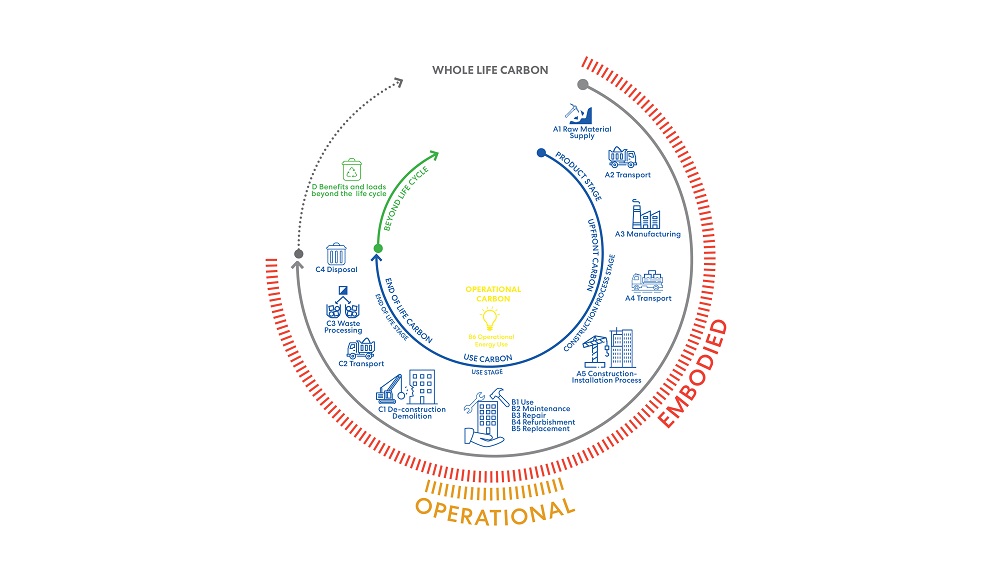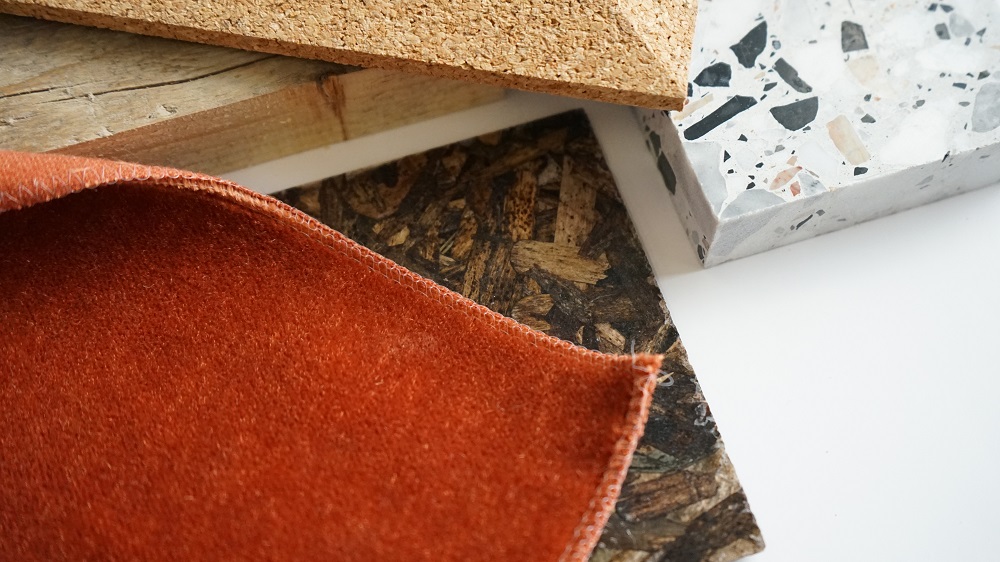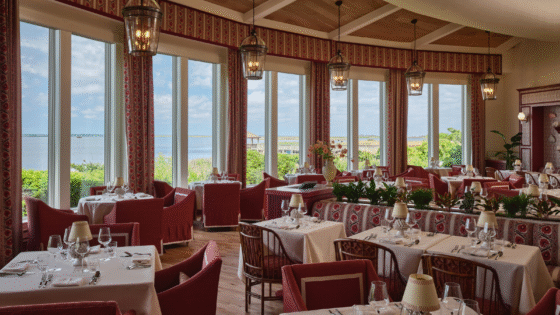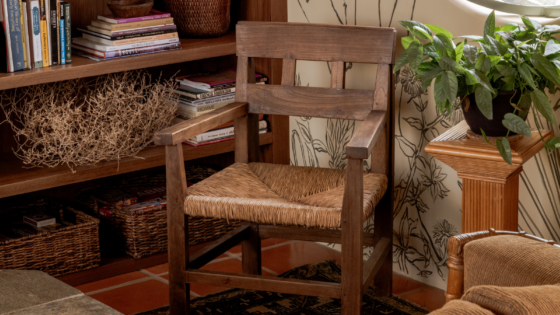With Net Zero fast becoming the buzzword of 2022, along with conversations around sustainability and the importance of working towards a circular economy, and brands such as GROHE, Harrison Spinks and Room2 pledging to become Net Zero, design studio Perkins&Will has published a report which identifies the steps it is taking – and what other design studios could be doing – to create Net Zero projects by 2030…
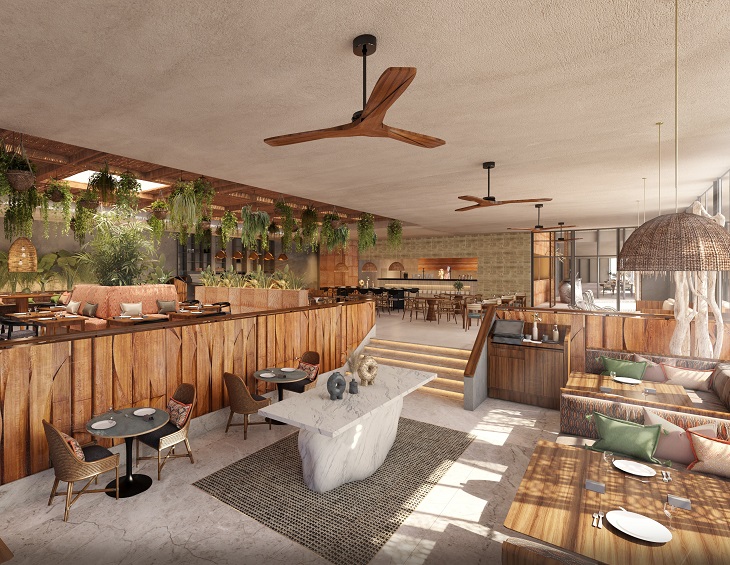
Before we start, all buzzwords in the design sphere need content if they are going to impact meaningfully. So, what exactly is Net Zero and how do we design in a net-zero era? It is a nuanced and, like most things, often subjective topic but, simply put, everything we do generates carbon. For a design brand to achieve Net Zero, it must reach a point of balance between what it uses and what it puts back. To do this we need to first measure how much carbon a company/project is putting into the atmosphere. We then need to reduce these emissions where possible. And finally, the crucial part of process is to then offset the reduced emissions by doing things, such as planting trees, that absorb carbon. If done accurately a net zero balance is achieved and the design is therefore more ethical – but clearly the starting point of measuring a carbon footprint is not only the key, but also the area most open to interpretation – there is no such thing as a perfect science!
- Image credit: Perkins&Will
- Image credit: Perkins&Will
To challenge both itself and the industry, interior design firm Perkins&Will has produced a report Net Zero Now. Hospitality. This document is a zero-carbon interiors pledge for its growing portfolio of hospitality projects and is spearheaded by the studio’s director of hospitality and regular Hotel Designs contributor Neil Andrew, who has designed projects for top international hotel brands like Marriott, Hilton, and IHG, he has also created pop-up bars for brands like Heineken and designed a pavilion for New York University.
“We have an obligation to ingrain sustainability into our design process, not only for the betterment of the planet, but also to educate others,” said Andrew. “This does not mean we have to compromise aesthetics. In fact, through applying this rationale to creativity we can produce our best work.”

Image credit: Perkins&Will
The document is a detailed discussion that not only looks at the principles of zero-carbon design, but also outlines practical ways for these goals to be put in place across the board in the hospitality design sector. It is about collaboration and concern, imagination and implementation, and in many ways, is a call to arms for designers in the hospitality industry as the company invites designers to ‘join us on our journey to Net Zero, now’.
Laying its ambition bare, the company boldly pledges that: “By 2030 all of our projects will be net-zero embodied carbon as demonstrated through a Whole Life Carbon Assessment”. The report goes on to say: “The desire to experience new places is deeply ingrained within human nature, but with the alarming acceleration in climate change we must question the impact that travel has on the environment. The hospitality sector needs to urgently adopt a Net Zero, or net-positive approach. Environmentally conscious tourists already seek out eco-friendly holidays, but, as we collectively become more aware of the critical importance of sustainability, all future travellers are going to possess a greater knowledge of their carbon footprint and expect carbon neutral hotels as standard.”
Although there is no hard and fast rule, hotels currently experience soft refurbishments around every five to seven years. This regular cycle of change means that we as an industry must look at how items can be reused, or recycled, and avoid throwing them into a landfill. When refurbishing a hospitality space that has not been designed with the whole life cycle of materials and FF&E in mind, it becomes more of a challenge to repurpose items. At the same time, as designers we must consider the constitution of man-made materials, if natural whether they are sourced sustainably, and the ultimate distance that they are transported over in order to reduce the project’s carbon footprint.

Image credit: Perkins&Will
Having launched the Net Zero Now pledge for interiors in October 2020, Perkins&Will has now set targets for hospitality projects which align with the interiors pledge. In practical terms the commitments are as follows. The studio will pledge that:
- In Q3 2021, it will launch a consultation process with our key contractors, sub-contractors and supplier partners to ensure that its supply chain will meet our net-zero targets.
- By September 2022, half of its projects will be designed to be 100 per cent circular. By 2025 all of its projects will be designed to be 100 per cent circular.
- By 2030, all of its projects will be Net Zero embodied carbon as demonstrated through a Whole Life Carbon Assessment.”
These bold statements are inspiring, but we need to look at what practical steps can be taken to set the hospitality industry on this path. The report goes on to list some of the ideas and approaches designers can use to start this journey. “[Perkins&Will] will advise clients to adopt our net-zero approach and inform them about the benefits to the environment. We will reduce the occurrence of required refurbishments. We will design in adaptability of buildings and repurpose existing buildings when possible, rather than building brand new ones. In addition, we will request that clients appoint consultants who also adhere to net-zero practices. Imperative to this initiative, we will work with suppliers for materials on our ‘Now Database’ who meet our sustainability requirements and follow circular design principles and consider dismantling and modularity in our design so that buildings can act as material banks. And finally, we will minimise finishes and source locally when possible.”

Image credit: Perkins&Will
“Perkins&Will make it clear throughout this report that this is – or should be – an industry commitment rather than an individual pledge.”
The lifecycle or durability of a product is an area that is often overlooked – it is not only the material and design process that needs to be considered, but what happens after that – can the materials be re-used or re-purposed once the initial service life is over? Not only which materials are used, but how they are used and fixed in place. Operational carbon (the reduction of energy and water used in the running of a building, sourcing of food and beverage produce and OS&E items) is also key. “It is our responsibility to challenge our clients, hotel brands and partner consultants to do better in this area,” states the report. “We will consult with hotel brands to review their brand standards with respect to base build performance.”
Perkins&Will make it clear throughout this report that this is – or should be – an industry commitment rather than an individual pledge, and have added to their list of commitments the promise of a Now Database of approved suppliers to share with other designers. This database will list suppliers that have provided environmental credentials that meet with the goals and ambitions of Net Zero. The Now Database will be an open-source platform for environmentally conscious products.
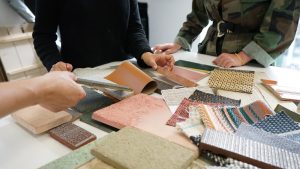
Image credit: Perkins&Will
“For real change to happen we need an institutional focus on making improvements throughout the construction industry,” Andrew states in the report. “We need small changes and big changes, from those making large new development plans through to those installing the carpet tiles.”
The report goes on to discuss the ‘four R’s’ – Resell, Repurpose, Recycle and Recover – and how to implement them in a practical way. “With the average renovation of a hospitality property currently being between three to five years, it is clear that designers need to find ways to increase that number, with the obvious solution being the use of high quality and durable finishes,” adds Andrew. “Sweeping into a new project with shiny new ideas and equally shiny new furniture might be a designer’s dream, but renovation and refurbishment are now becoming key to the design process.”
Having read through the report, it is clear that there is no simple design roadmap for a Net Zero journey, interior designers, architecture firms and brands need to consider and cover all eventualities in order to prepare for surprises along the way. Fundamentally, Perkins&Will is not being prescriptive, nor is it setting out definitive answers, in this new document. Instead, it has laid out a clear starting point with some practical solutions from design to operational choices that can be implemented on all stages of the hospitality design journey, in all corners of the industry’s arena.
Main image credit: Perkins&Will

